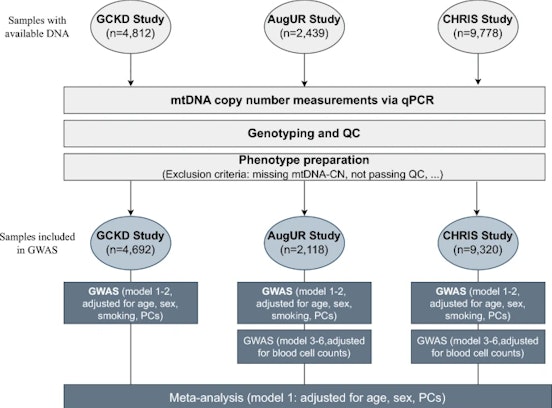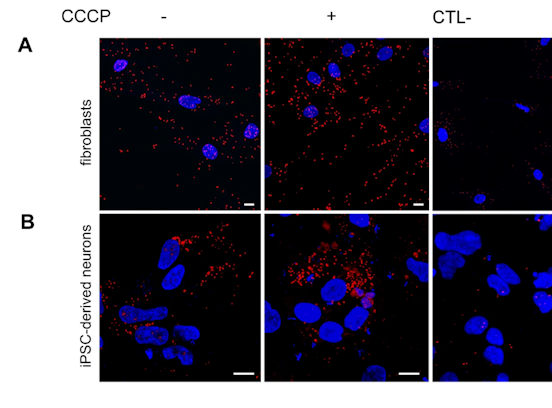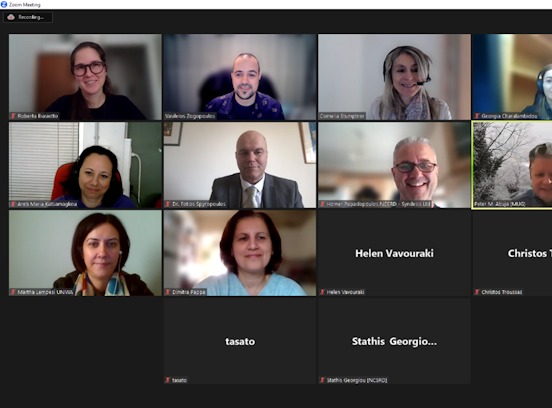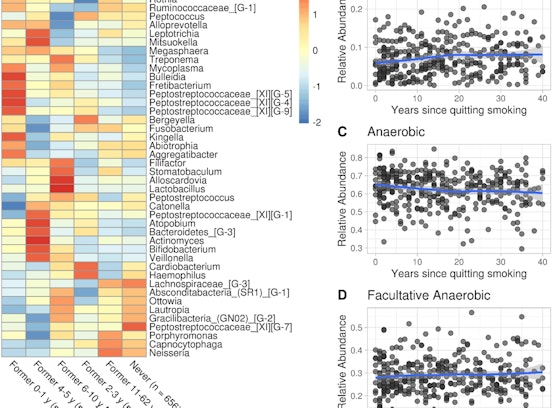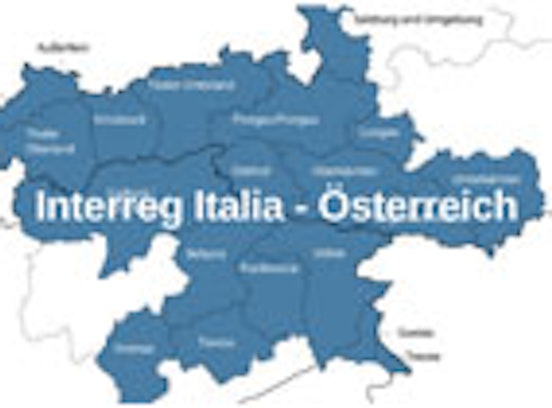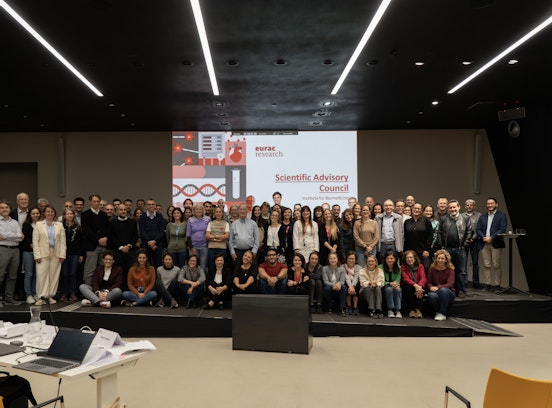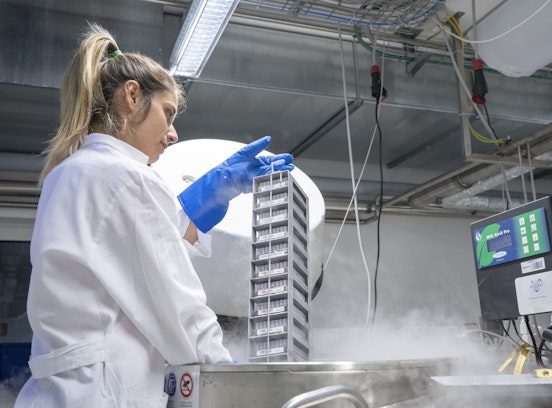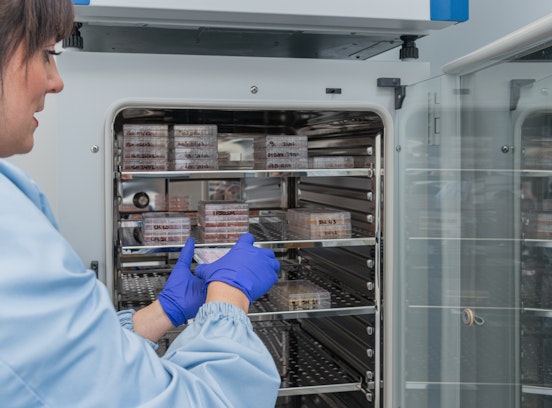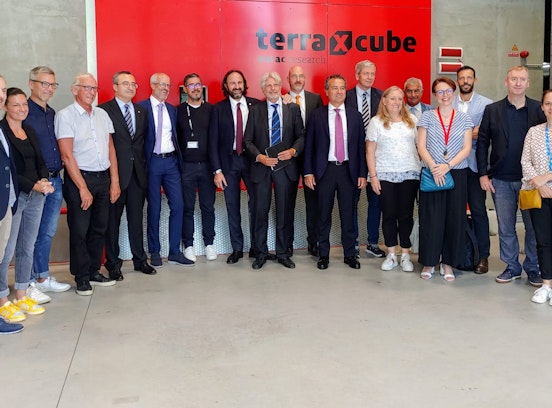Institute for Biomedicine - News & Events - COVID-19 IN VENOSTA: INCIDENCE HIGHER THAN THAT DETECTED IN SPRING
COVID-19 IN VENOSTA: INCIDENCE HIGHER THAN THAT DETECTED IN SPRING
Lo studio di Eurac Research e Azienda Sanitaria stima un’incidenza dell’uno per cento in valle. Ora lo screening sui sintomi sarà decisivo per conoscere meglio i meccanismi di diffusione del virus.
- Deutsch
- English
- Italiano
845 people were tested during the summer in Mals, Laces and Silandro, chosen as a sample among the participants in the CHRIS study. The number reached guarantees an excellent representativeness of the sample and has allowed Eurac Research researchers to calculate that about one in a hundred people in Venosta has come into contact with the new coronavirus. During the same period, the screening phase using questionnaires also began. In fact, the CHRIS Covid-19 study requires all CHRIS participants and their cohabitants to update their health status every four weeks online or by phone. 4000 people have already joined but many have yet to do so. The researchers invite all those who have received the invitation to follow the instructions and register as soon as possible: the screening on symptoms in the coming months will be decisive for studying the risk factors of Covid-19, the effects on health in the long term and supporting the Healthcare Company in controlling its diffusion.
The spread of the new coronavirus in Venosta was lower than the average in South Tyrol (three percent), but 20 times higher than the incidence recorded in the first months of the pandemic, when almost exclusively the most serious cases were tested. Participants in CHRIS Covid-19 who have tested positive so far have had symptoms between February and early July, with a very intense peak in the first 15 days of March. This means that Covid-19 began to manifest itself in Val Venosta at the same time as what happened in other areas of South Tyrol and northern Italy. According to the researchers, the minor spread of the virus in Venosta is therefore not linked to a time factor, but could be linked to the lower presence of tourists from heavily affected areas. The most frequent symptoms described in the questionnaires include loss of taste and smell. The answers therefore confirm how these symptoms are distinctive of the new coronavirus, even if not unique. The preliminary results of the study also show that the virus was present in the valley continuously until last summer. The new wave of infections is therefore not exclusively linked to the entry of seasonal workers, although this phenomenon has certainly favored the spread of the virus.
Now the infections have started to grow again: according to the numbers of the Health Authority, in Venosta they have more than quadrupled from July to today. “These numbers make us understand how important it is at this moment to contribute to research on Covid-19. Young and healthy people can also be affected, it is not known which profiles are most at risk and what the long-term effects on health are ”explains Cristian Pattaro, scientific coordinator of the CHRIS study of the CHRIS study. But how is the research going on and how can you contribute?
Symptom screening using questionnaires During the summer, about 19,000 Venostans (all CHRIS participants and their cohabitants) were invited by Eurac Research and the Health Authority to participate in symptom screening through questionnaires. Once registered, participants can update their health status every four weeks by replying to the reminder that is sent by email or phone. People with symptoms attributable to Covid-19 will be referred to primary care doctors immediately. However, if the symptoms have passed, they will be asked to undergo a swab and serological test. “We recommend all people contacted to participate in screening to contribute to Covid-19 research. Screening also gives us the opportunity to identify suspicious cases and evaluate them carefully, "says Robert Rainer, medical director of the Silandro hospital. "The possibility of a positive swab is not to be feared but to be considered with a sense of responsibility: knowing that you are infected is the first step to protect others and help stop the spread of the virus, thus doing your part for the health of the community and also for the local economy ”adds Peter Pramstaller, director of the Eurac Research Institute of Biomedicine.
Continuous control of positives One of the most important objectives of CHRIS Covid-19 is to study how the immune response of positives varies over time, to understand if and for how long those who have already contracted the virus can consider themselves immune. All people identified as positive in the prevalence study, those who already had an established diagnosis of Covid-19 before the summer or who will report it in the screening questionnaires are invited to undergo a blood test every three months. Family members of these people were also invited to participate in the study. For research it is very important to recruit entire families, for each family unit it is in fact possible to assume the same type of exposure to the virus for all components and therefore the presence of people positive and negative could help identify the biological or genetic factors that may favor or avoid infection.
All information on participation is available on the CHRIS project website https://it.chris.eurac.edu/ or by phone 0471 055 502 (Mon-Fri, 9-12, 14-17).
